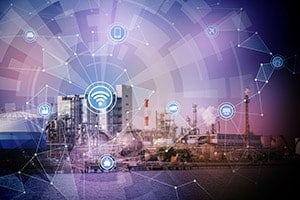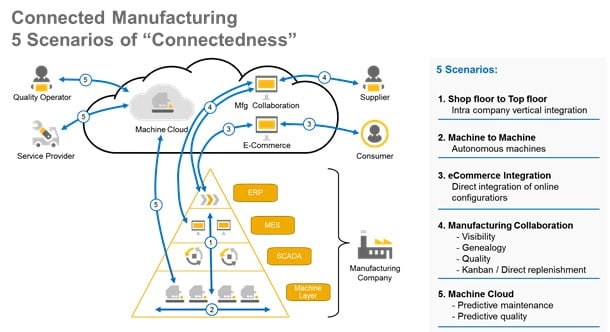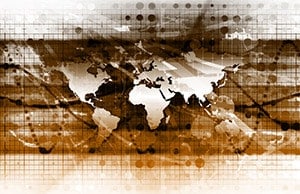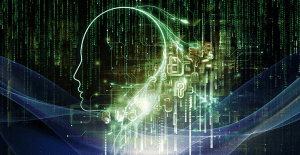
Building an Inclusive ICT Innovation Ecosystem: A Success Story from Belarus Hi-Tech Park
Established 10 years ago as a start-up initiative, Belarus Hi-Tech Park (HTP) has provided software and IT services production growth at 30-40% annually and is expected to reach $1b this year. 10 years ago, we could not have imagined such results since the whole country exported software worth about $14m.
HTP has turned out to be one of the leading innovative IT clusters in Europe, with 164 resident companies and over 25,000 software engineers employed there. More than 3,000 new jobs are created in HTP companies annually.
Belarus has become a prominent player on the international IT market, with the professionalism and expertise of Belarusian software engineers being recognized globally. Thus, Gartner names Belarus among the Top 10 most attractive locations for service delivery centers in EMEA (Europe, the Middle East and Africa).
HTP companies provide IT services on the B2B market to customers from 61 countries. EPAM, IBA Group, Itransition, Intetics, Exadel, ScienceSoft, System Technologies, and many other HTP residents are well-known internationally. Five out of ten of the world’s largest companies (according to Forbes Lists) are among HTP customers. Over 900 million people in more than 190 countries use applications developed in HTP.
Due to the unique innovation ecosystem created in HTP, a number of IT projects have already gained worldwide success: World of Tanks, Viber, Apalon, maps.me, MSQRD.
We are witnessing the emergence of a new economy – the information economy, with the individual at its core. So our task is to develop an ecosystem encouraging smart, talented people to work on their ideas in Belarus, and think globally when implementing them.
The major pillar of the HTP innovation ecosystem is a comprehensive cooperation between the IT industry and the country’s education system based on three models.
The Stanford model appeared to be the most favorable to bridge the gap between academic and real life and became the earliest we adopted. HTP companies have opened about 80 joint research labs in Belarusian universities as a channel for practical knowledge transfer. Initially, these labs were focused exclusively on software engineering; now they also teach business analytics, computer science, etc.
Over 30 university research departments of computer science and related subjects operate within HTP companies to bring together educational process and production, improve the quality of training, and enable students to gain their first professional experience.
Another example we followed is the John Bryce model. To solve a challenge Israel faced when about a million former Soviet Union immigrants, mostly engineers, failed to find jobs, they invited Motorola, HP and some other global high-tech corporations to open R&D centers, and created a special educational center to re-train adults in the hi-tech field. That gave an unprecedented boost to the Israeli IT industry.
In 2010, the Educational Center of the Hi-Tech Park was established with the participation of HTP residents to provide re-education for adults with a technical background. Over 5,000 people were retrained there. Today, the HTP Educational Center also works with students and children. For its efforts in promoting and fostering information society development, HTP Educational Center was highly appreciated by the WSIS (World Summit on the Information Society) expert group and honoured as a Champion of WSIS Prize 2016 during the WSIS Forum in Geneva.
One more model was prompted by our own experience. As HTP companies gained expertise in different areas, sometimes highly specialized, they started to establish their own competence centers. These centers allow companies’ employees to access best international and Belarusian practices and improve their skills in solving unusual and complex tasks. The competence centers also provide free courses to re-train adults who successfully pass special entrance tests (in mathematical logic, English, etc.).
Today, we are witnessing a boom in the start-up movement worldwide: in the USA, China, India, Brazil, and in European countries. Young people in Belarus are also eager to develop their own projects as they are witnessing an increasing number of global success stories in Belarus.
The HTP business incubator serves to encourage entrepreneurship and sustain the spirit of innovation. This is a place where innovators can meet engineers, and ideas for new business ventures can be born. Start-up companies developing their own products can get assistance and mentorship there.
Knowledge is important but motivation and inspiration mean even more. So we invite developers and founders of successful Belarusian projects to share their experience with startups and drive them.
Since our local market is small, we do not support projects intended for Belarus only. Instead, we encourage entrepreneurs to consider international prospects when working on their projects, and attract investments from abroad. If you can get funding in Singapore, Tokyo, Silicon Valley, or London, you are on the right road and develop a truly global product.
I look forward to sharing our experiences and learning from other participants in the B2G Dialogue “Top-down vs Bottom-up Innovation: Fostering Future Tech Entrepreneurship” at ITU Telecom World 2016 in the coming days.





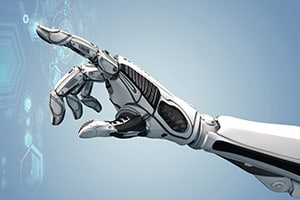 Artificial intelligence announcements are happening daily and a catalyst for hyper time compression of innovation, driving extreme convergence of multiple domains, producing exponential acceleration automation and universal connectivity.
Artificial intelligence announcements are happening daily and a catalyst for hyper time compression of innovation, driving extreme convergence of multiple domains, producing exponential acceleration automation and universal connectivity.
